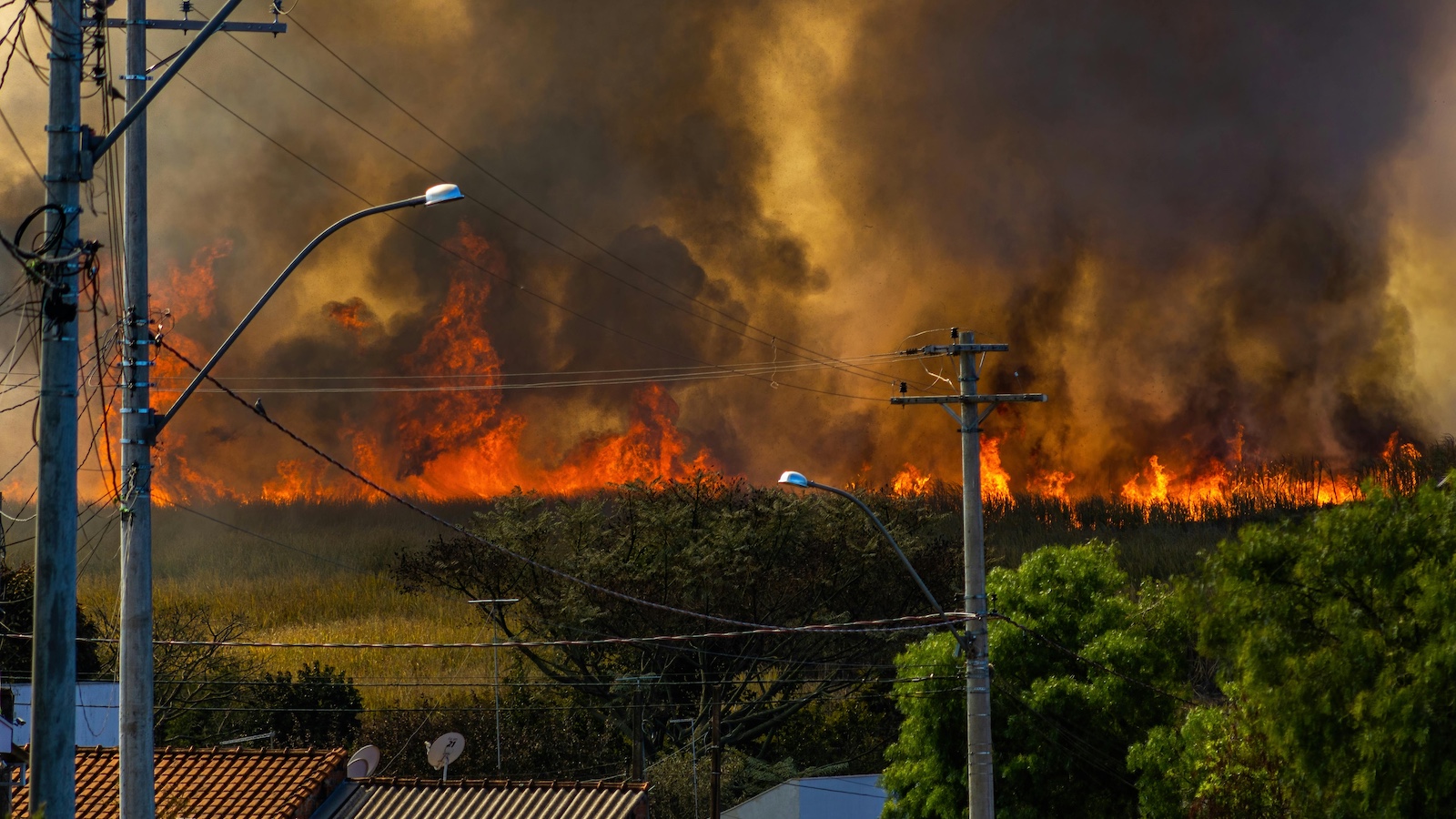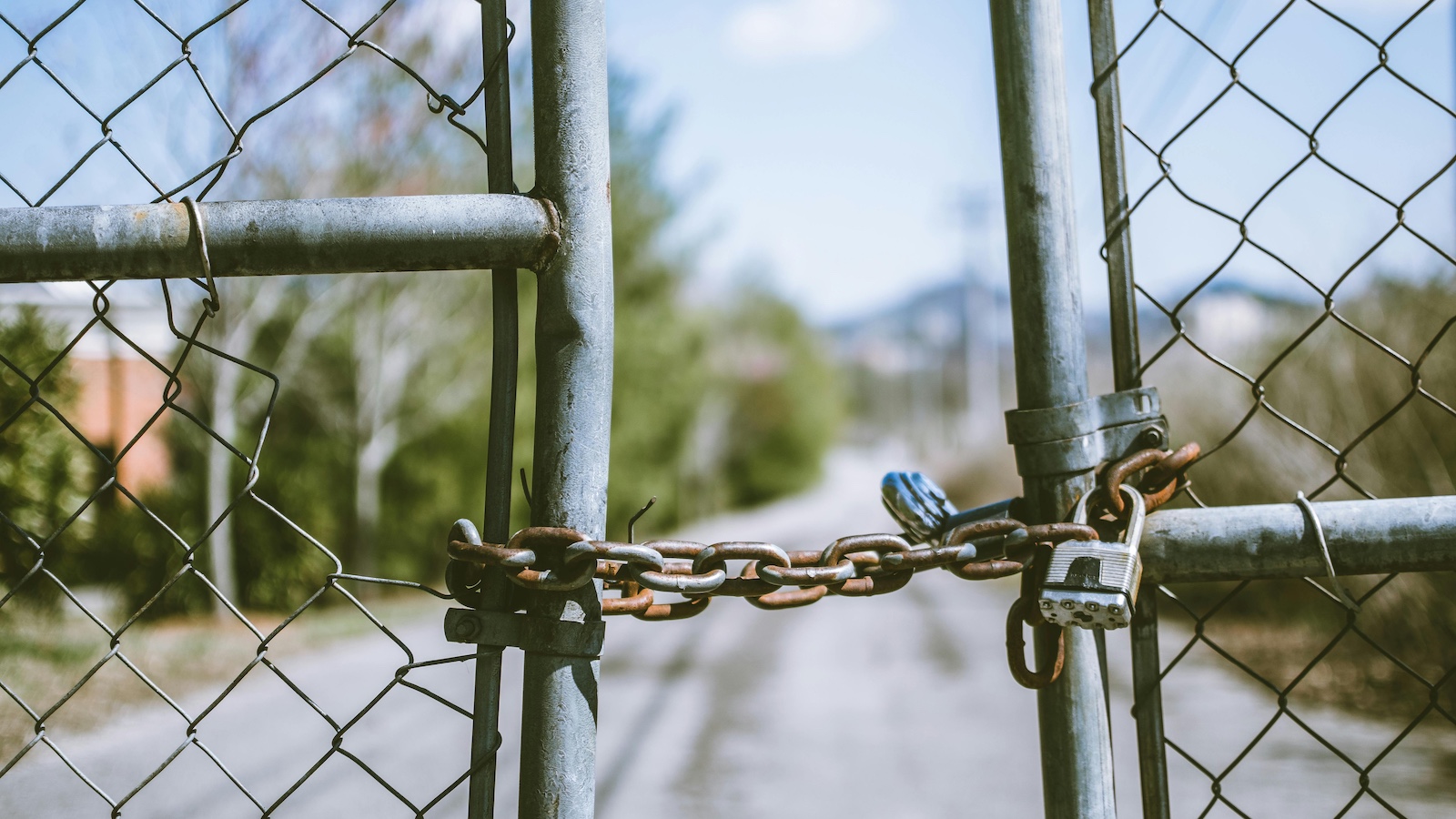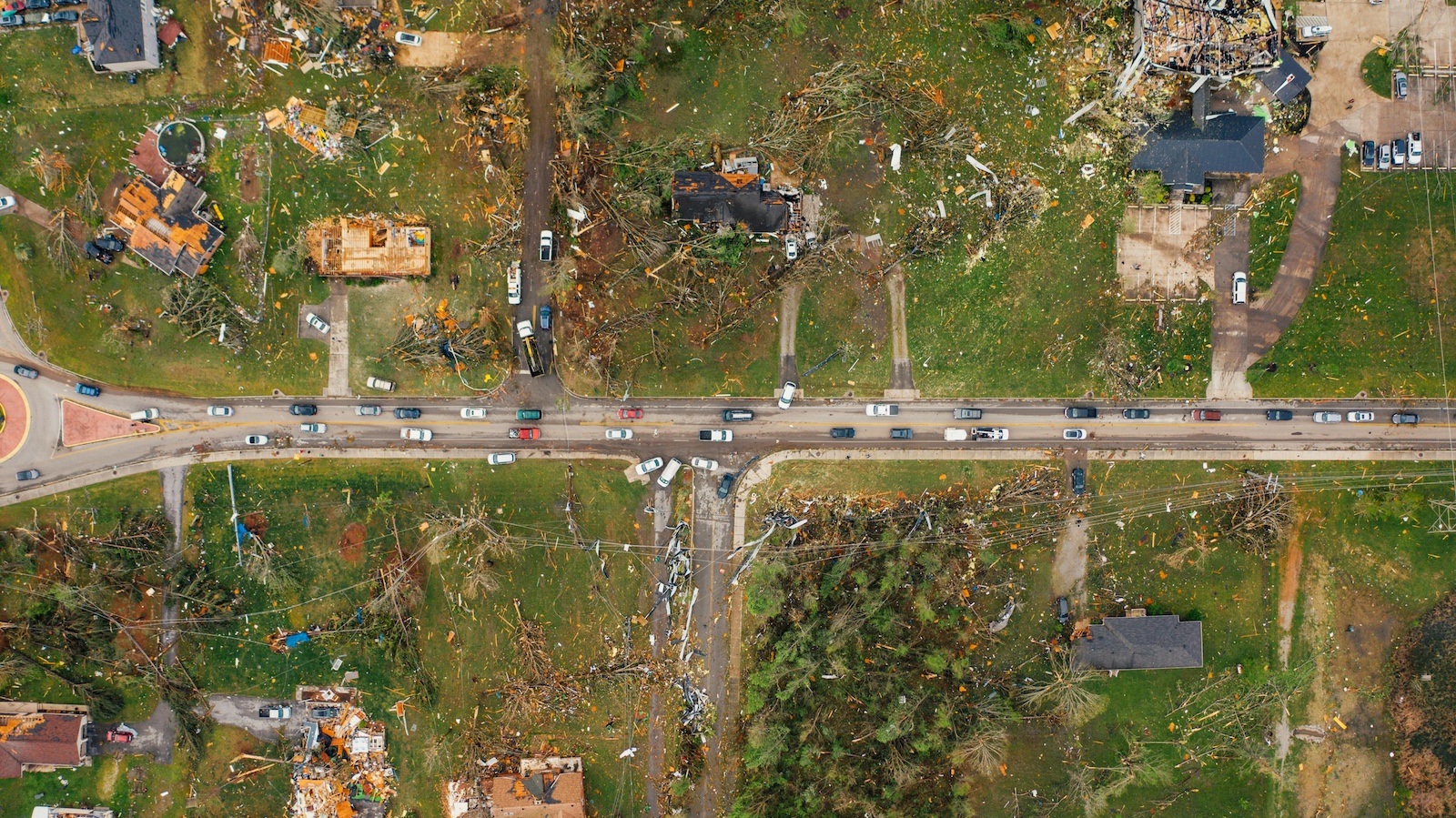For those of us who are long-suffering customers of PG&E Corp., the giant northern California utility's announcement that it will file for bankruptcy protection could be seen as same old, same old. After all, this is PG&E's second trip to bankruptcy court just since the dawn of the new millennium—the first, in 2001, followed a botched attempt to deregulate the electricity market. In 2010, negligence by PG&E led to the explosion of a natural gas pipeline in a San Francisco suburb that killed eight people and cost the utility $2.5 billion in fines and legal settlements. Over the past two years, we all witnessed the record wildfires and read about PG&E's likely role, which the company says has led to about $30 billion in liabilities—that it will now try to duck in bankruptcy proceedings.
No one is going to be writing a business-school case study about good management at PG&E any time soon.
But there are two questions that transcend PG&E's managerial dysfunction and that I'd like to hit here, so we can avoid repeating the problems.
The first is: Why couldn't PG&E see the wildfires coming and spend more effort on prevention? The second is: Where were the insurers?
Climate change isn't exactly a secret. Nor is it hard to see the dangers of running high-voltage electric lines over increasingly dry forests and grasslands—with the exception of one very wet winter, California has suffered a dry spell/drought for more than a decade. So, PG&E should have been inspecting lines, clearing trees and brush away from danger areas, etc. The insurers should have been right there, too, insisting on seeing the results of inspections and looking for means of prevention, rather than just pricing the risk and then writing big checks.
Based on some exposure to how utilities operate from a project at the Department of Energy in 2010, I'm not overly surprised by the lack of thinking ahead on the part of PG&E. Do you know how utilities learn about power outages? Phone calls. If they get a bunch of complaints from the same area, they know a line is down and send a crew out to drive up and down streets to try to spot it. The joke at the DOE was that if Alexander Graham Bell came back to life and saw today's phones, he'd be amazed, but if Thomas Edison could see today's electric grid, he'd say, "Yeah, that's about how I left it."
The lack of forward thinking by insurers disappoints me even more than risk management sloth on the part of PG&E, because we've all been talking for years now about how the industry can become more of an adviser and help clients prevent problems, rather than just price risk and indemnify clients afterward.
I hope PG&E serves as a wake-up call, not just on its specific climate change and management issues, but on the broad need to face up to emerging risks and to do the hard work of prevention. One disaster like the fire that wiped out Paradise—killing at least 86, displacing tens of thousands and burning down tens of thousands of buildings—is one too many.
Have a great week.
Paul Carroll
Editor-in-Chief








